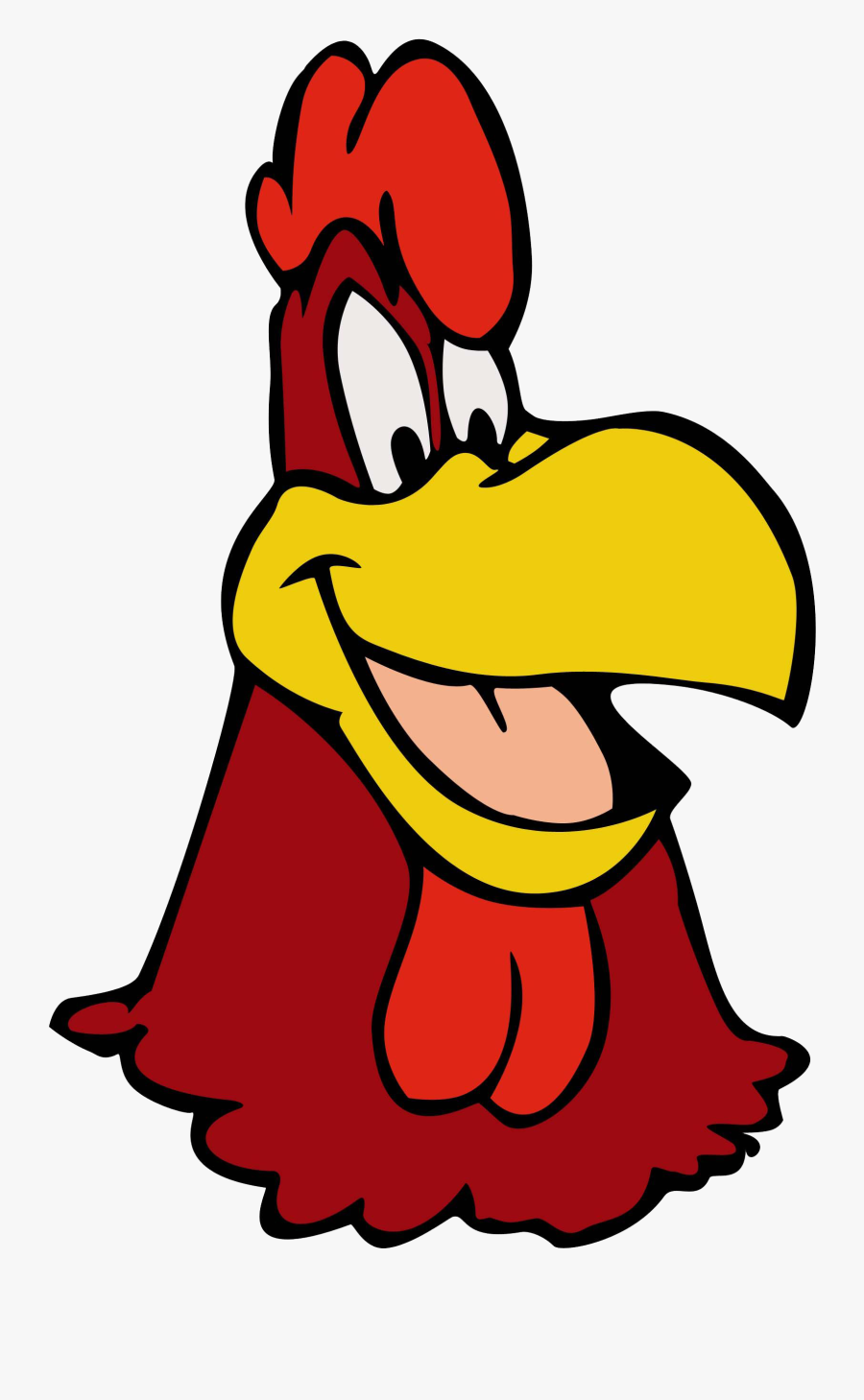Do you record your guitar with the sound pre-processed using your stompboxes , multieffects, whatever, into the DAW?
Or do you record clean then processs your recorded sound with plugins?
I am a purist so I prefer the first approach. But most of the time my sound sounds like shyte probably due to the lack of gobos or absorption, but even when I record direct (not using mics), I end up with the same annoying, strident sound. The benefit is this forces me to experiment and learn new stuff.
Using plugins will probably yield better results, but then you are not using your actual effects anymore and kinda betraying your tone, no?
Or do you record clean then processs your recorded sound with plugins?
I am a purist so I prefer the first approach. But most of the time my sound sounds like shyte probably due to the lack of gobos or absorption, but even when I record direct (not using mics), I end up with the same annoying, strident sound. The benefit is this forces me to experiment and learn new stuff.
Using plugins will probably yield better results, but then you are not using your actual effects anymore and kinda betraying your tone, no?



Comment